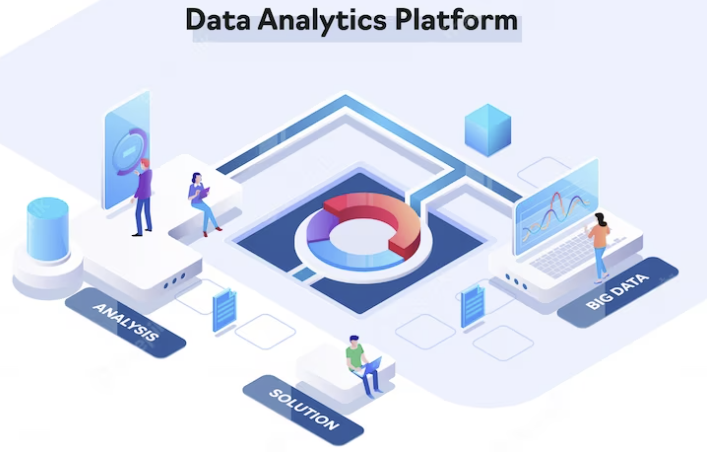In today’s dynamic and data-driven business environment, the role of a market research analyst is more crucial than ever. These professionals play a pivotal role in helping companies understand their target audience, industry trends, and competitive landscape. If you aspire to become a market research analyst in India, there are certain steps you can take to pave the way for a successful career.
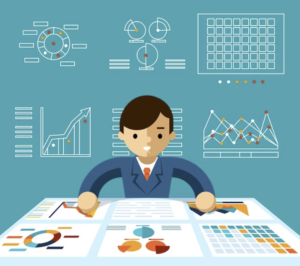
1. Educational Foundation:
The journey to becoming a market research analyst typically begins with a strong educational foundation. Start by earning a bachelor’s degree in a relevant field, such as marketing, business, economics, or statistics. Many analysts also pursue postgraduate degrees, such as an MBA or a Master’s in Market Research, to gain specialized knowledge.
2. Develop Key Skills:
Market research analysts need a specific skill set to excel in their roles. These skills include data analysis, statistical analysis, research methodologies, and proficiency in data analysis tools like SPSS, SAS, or Excel. Additionally, strong communication skills are essential for translating complex data into actionable insights and reports.
3. Gain Experience:
To stand out in the job market, gaining practical experience is crucial. Consider internships, part-time positions, or entry-level roles in market research firms, consulting companies, or within the market research departments of larger corporations. Practical experience will allow you to apply your knowledge and build a portfolio of work.
4. Network and Stay Informed:
Networking is a valuable tool in the world of market research. Attend industry conferences, join professional organizations, and connect with professionals in the field. This not only helps you stay informed about the latest industry trends but also opens doors to potential job opportunities.
Also Read: The Top 8 Ways That Businesses Can Utilize Alternative Data
5. Specialize:
As you progress in your career, consider specializing in a particular industry or type of research, such as consumer behavior, healthcare, or digital marketing. Specialization can make you a sought-after expert in your chosen niche.
6. Build a Strong Resume:
Craft a compelling resume that highlights your education, skills, and experience in market research. Tailor your resume to showcase how your qualifications align with the specific job you’re applying for.
7. Prepare for Interviews:
Be ready to demonstrate your knowledge and skills during job interviews. Expect questions about your research methodologies, data analysis techniques, and problem-solving abilities.
8. Continuous Learning:
The field of market research is ever-evolving, with new tools and techniques constantly emerging. Stay committed to lifelong learning by taking courses, attending workshops, and staying updated with industry publications.
9. Job Search:
Look for market research analyst positions in job portals, company websites, and through networking. Be persistent in your job search and consider both entry-level and mid-level positions to start your career.
Also Read: How Does Learning Influence Consumer Behaviour?
10. Excel in Your Role:
Once you secure a position as a market research analyst, work diligently to excel in your role. Demonstrate your ability to provide valuable insights, meet deadlines, and adapt to changing market dynamics.
In conclusion, becoming a market research analyst in India is an achievable goal for those who are willing to put in the effort and develop the necessary skills and experience. With dedication, continuous learning, and a strategic approach to your career, you can thrive in this dynamic field and contribute to informed decision-making in the business world.
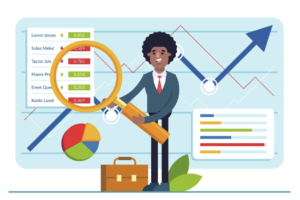






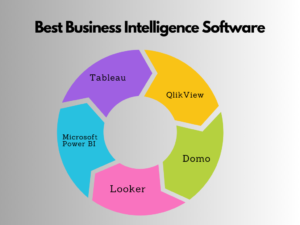
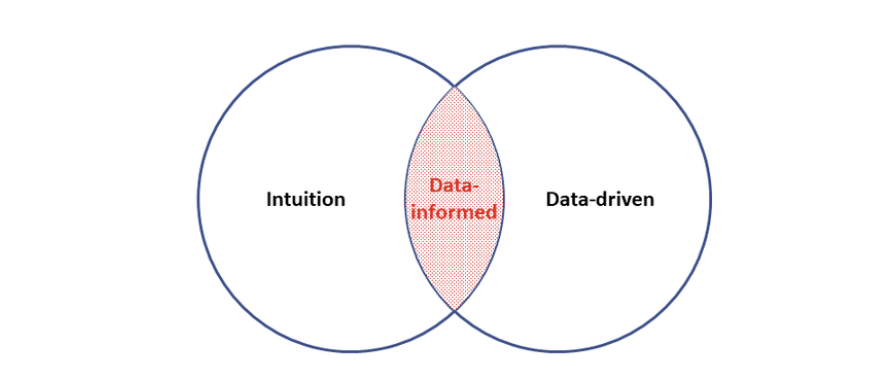
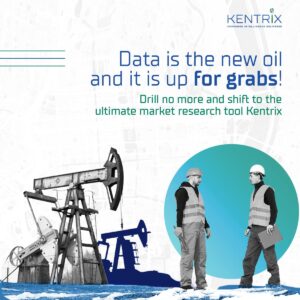
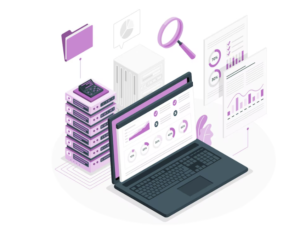

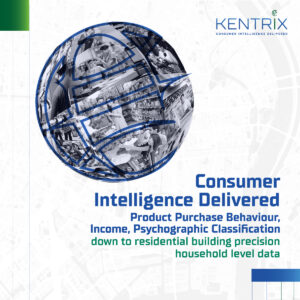
 Introduction
Introduction